An introduction to the characteristics of Ethiopian Coffee Fruit Bean
Ethiopia is the birthplace of Arabica coffee, where there are thousands of Arabica coffee varieties, known as the genetic treasure house of natural coffee. Of course, there are many famous coffee producing areas here. The following front street will introduce to you the famous coffee producing areas in Ethiopia.
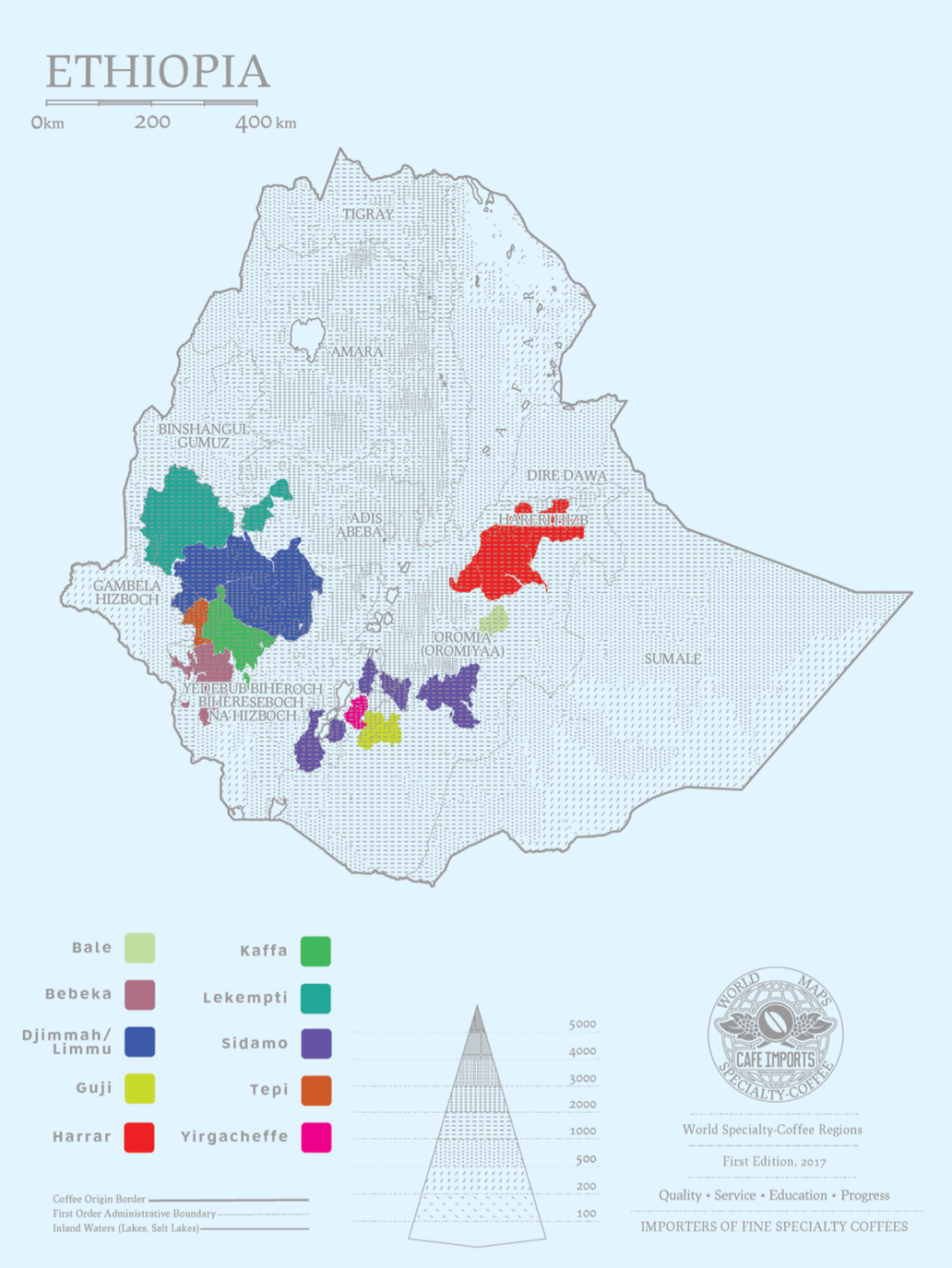
1. Ye Jia Xuefei coffee producing area
Yirgacheffe is a small town in Ethiopia, 1700 to 2100 meters above sea level, which can be said to be synonymous with Ethiopian boutique coffee. It has been a wetland since ancient times, and the ancient saying "yirga" means "settle down" and "cheffe" means "settle down in this wetland". At first, Yegashafi was a by-product area of Ethiopia's Sidamo province, northwest of Sidamo, and was one of the highest coffee-producing areas in Ethiopia. Because the mode of production and flavor here are so outstanding, Ethiopian coffee farmers compete to take pride in the flavor of their coffee, so they are independent from the Sidamo region to become the most famous producing area in Africa. There will be more and more flavor-oriented and independent production areas in the future.
Subsequently, Ethiopia changed the division of administrative areas around 1995, and the greatest impact on the coffee area was that the original Sidamo was divided into the new Sidamo (the original minority), and most of it was classified into the state of Oromia (Oromia), and Yegashafi, which originally belonged to the province of Sidamo, is now classified into the new Gedeo.
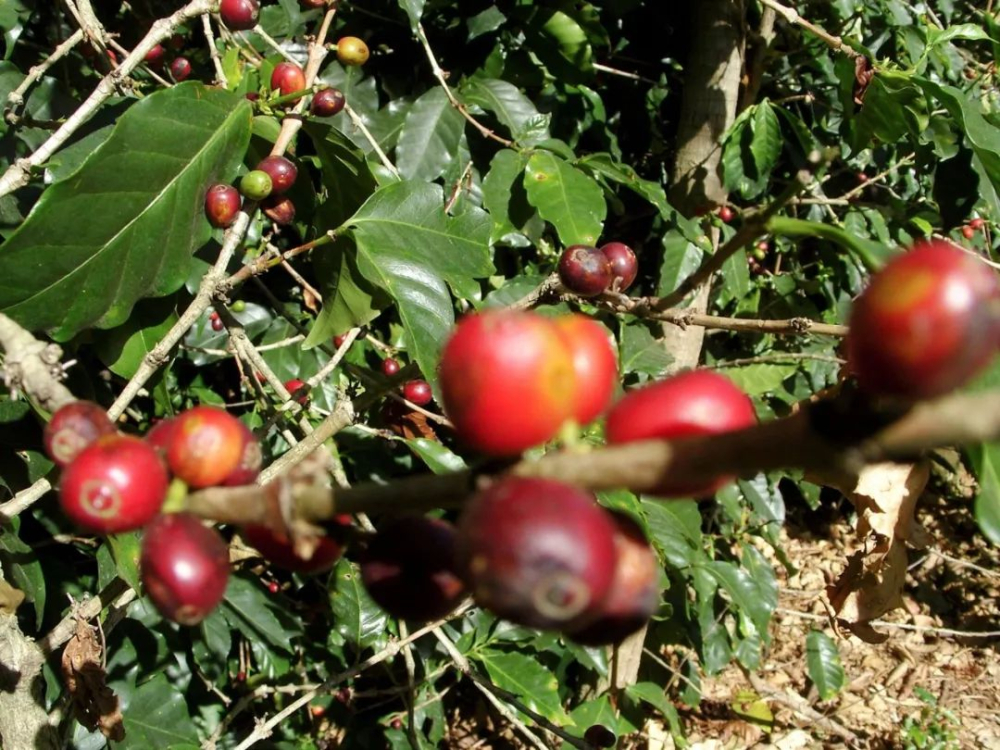
Yega Chuefei is the first famous coffee producing area in Ethiopia, where the coffee is rich in floral and citrus flavor. Qianjie also chose washed Yega Xuefei as Ethiopia's food rations.

So how do you boil the Yejashifi coffee beans?
Qianjie uses medium-shallow roasted Yejia Xuefei to wash coffee beans as the object of cooking. When tested in the cup, the dried bean shows a fresh aroma of citrus and white flowers, sucking at different temperatures, bright citrus tone, honey, clean taste, mixed with floral and tea aromas.
Grinding degree Qianjie recommended medium fine grinding degree (the pass rate of Chinese standard No. 20 screen is 78%). Too thick to extract mellow substances, brewed coffee will appear thin. Too fine is easy to be over-extracted at high water temperature, and the coffee brewed is prone to bitterness.
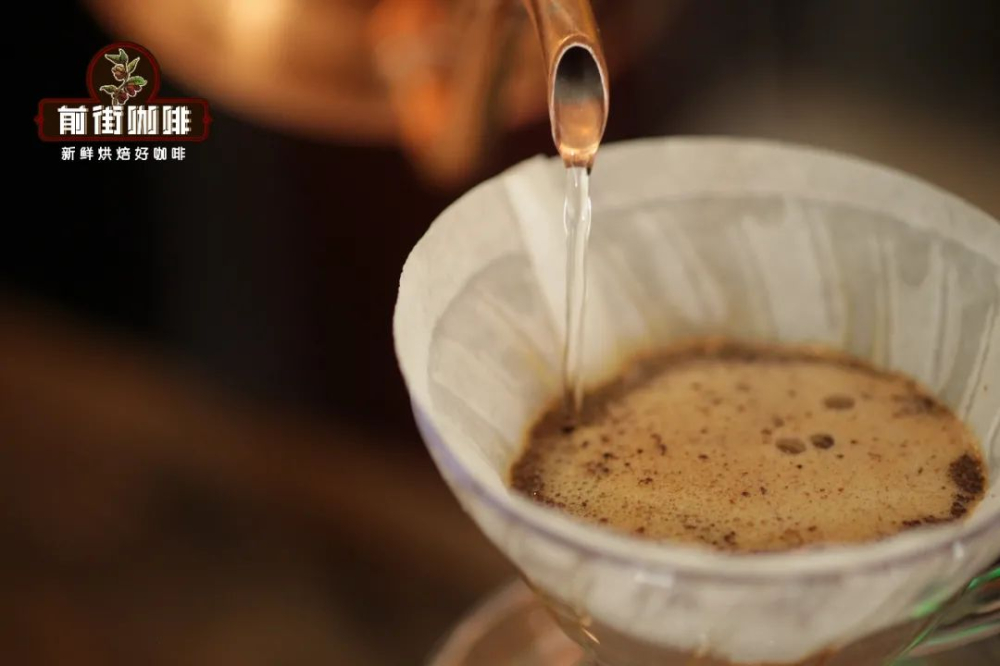
In order to highlight the fresh and charming aroma of washing Yega, the front street uses a V60 filter cup for cooking. The spiral design of the filter cup allows coffee powder to exhaust better and maximize the volatilization and dissolution of sour substances. In the process of cup testing, Qianjie noticed that the bean showed different flavors at different temperatures, so three-stage extraction was used to make different flavor substances show better when the powder layer warms up.
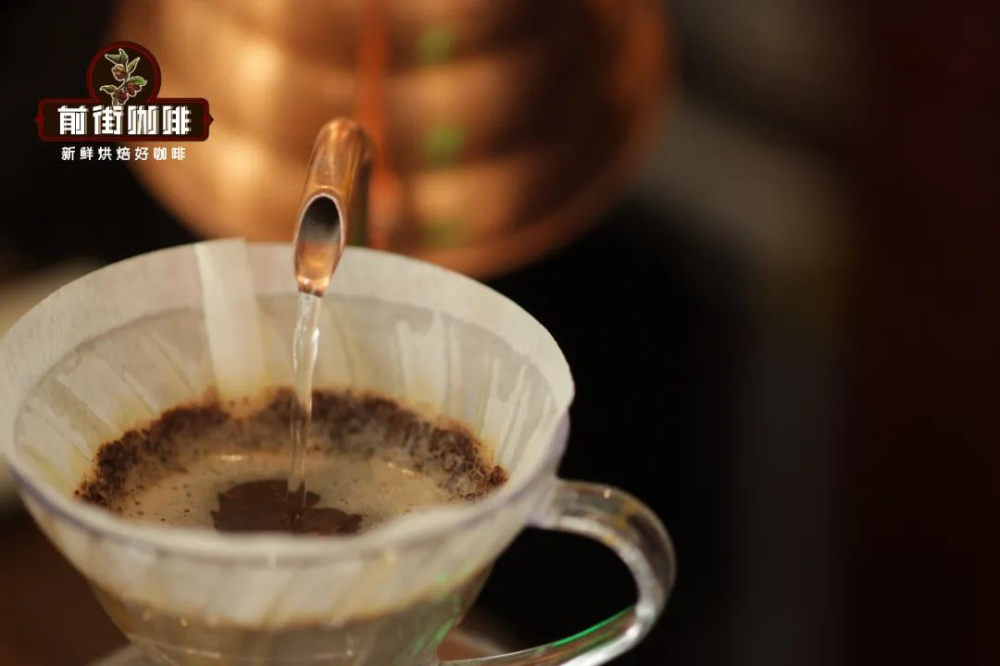
With regard to the temperature of cooking water, we can think about it from two aspects. If you want the acidity to rise brightly, the aftertaste can be boiled with 90 ℃-91 ℃, and those who want to be sour and mellow can be boiled with 92 ℃-93 ℃. As for the brewing ratio, the flavors of washed Yejia Chuefei are relatively fresh. In order to feel the fragrance of flowers and the sweetness of honey more clearly, 1:16 can be used to slightly lower the acidity of the whole cup of coffee and give other lighter flavors a chance to express.
2. Sidamo-Humbera Coffee producing area
Humbela was originally a sub-region of Guji, a sub-region of Sidamo. It is under the jurisdiction of Oromiyaa, the southernmost administrative state of Ethiopia, with a distance of 3200m to the west from Kochere, the snow producing area of Yega, Shakiso to the east, Uraga to the south and Cochel Kercha to the north.
At present, there are about 20 treatment plants in Hambelane, which are distributed in different villages and estates of different sizes.
In 2017, a coffee bean from Humbera won the championship of Ethiopia's TOH tanning group. From then on, Humbela flew up the branch and became a Phoenix. When this champion bean came to China that year, it was renamed "Sakuran" by the introducers. Since then, the Sakuran series are all made in Humbera.
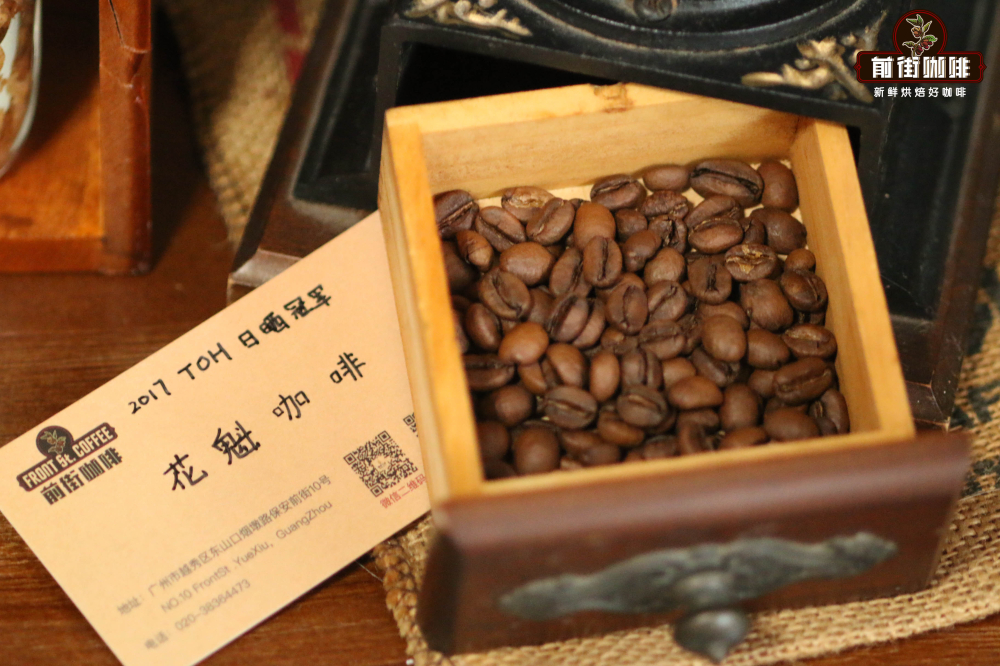
How do Huakui coffee beans taste good?
In Qianjie, it is recommended to use medium fine grinding (the screening rate of Chinese No. 20 screen is 80%). In order to better reflect the full juice and rich fruit aroma of Huakui coffee beans, the water temperature is recommended to be 91 degrees Celsius, and three-stage slow loop fine water injection can be used in cooking techniques.
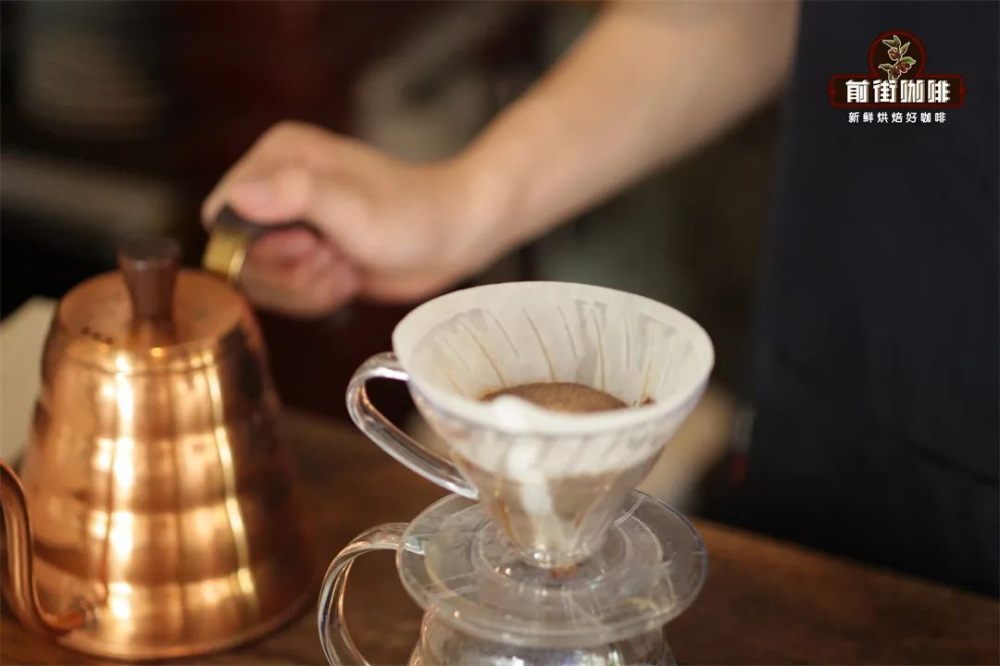
The amount of cooking powder is 15g and the ratio of powder to water is 1:15, that is, we need 15g coffee powder to inject 225g hot water for extraction. First, when using 30g, steam for 30 seconds, pour water in a circle from the middle to the outside and then return to the center in a circle of 4G per second and then return to the center in 4 seconds. Wait for the powder layer to drop to half of the powder layer and begin to inject water to 225g in the same way. After all the coffee liquid of the filter cup flows into the pot, remove the filter cup and end the extraction. The cooking time is 2 minutes and 10 seconds.
3. Guji-Wulaga coffee producing area
Wulaga is a sub-producing area in the Guji producing area, with an altitude of 2300m. Although the town of Wulaga is located in the Guji producing area, it is geographically closer to the high mountain area of Yega Xuefei at an altitude of 2200m. The geology of this area belongs to the nutrient-rich black soil (Vertisol), and the high-altitude topography creates the rich fruit flavor of Wulaga.
The champion of the Ethiopian TOH washing group in 2020 is from the Uraga production area. The biggest feature of this coffee bean is the tea-like flavor of honey grapefruit, which is highly recognizable.
So how to cook this coffee bean?
Take 15 grams of coffee powder as an example, through the brewing test, Qianjie found that this coffee is prone to astringency after soaking for a long time, so the final grinding degree of normal hand grinding is too thick, and the pass rate of No. 20 standard sieve is 70%.
Using 1:16 ratio of cooking powder to water, enlarging the ratio of powder to water can highlight the fragrance of flowers and fruits. The water temperature is 91 ℃, which is very suitable for brewing Ethiopian coffee beans, which is easy to highlight the tonality of fruits such as citrus.
Cooking method
This time, we also use the three-stage brewing of Qianjie. First, preheat the coffee pot and filter cup, pour in 15g coffee powder and gently pat flat. Inject 30 grams of water for steaming for 30 seconds, it is not recommended that the steaming time is too long, it is easy to feel astringent.
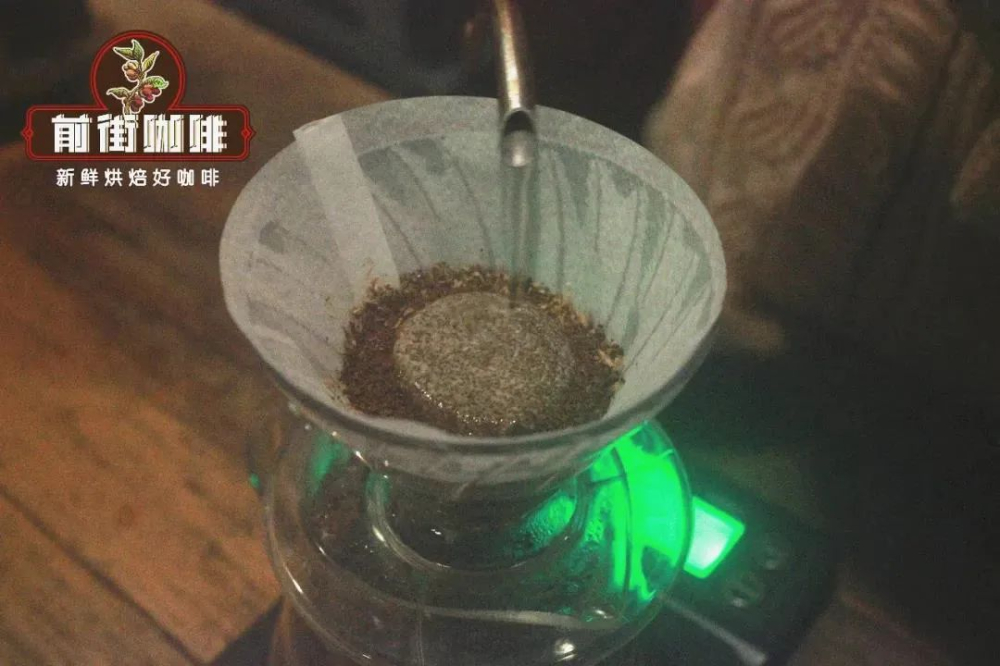
In the second stage, 120 grams of water is injected outward around the concentric circle in the center, and the injection time is about 1 minute. When the powder bed is about to be seen, the last section is injected, 90 grams of water is injected in the same way, and the filter cup is removed after all the water flows into the lower pot. Finish the extraction, and the cooking time is 2 minutes 05 seconds.
Brewing flavor description: the wet fragrance has a hint of jasmine and citrus aromas. you can feel citrus-like fruit juice in the front, honey grapefruit tea in the middle and back, and oolong tea in the aftertaste.
Professional coffee knowledge exchange more coffee bean information please follow the coffee workshop (Wechat official account cafe_style) more boutique coffee beans please add private Wechat Qianjie coffee, WeChat: qjcoffeex
Important Notice :
前街咖啡 FrontStreet Coffee has moved to new addredd:
FrontStreet Coffee Address: 315,Donghua East Road,GuangZhou
Tel:020 38364473
- Prev
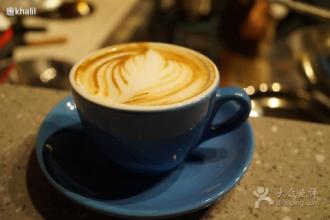
The taste of Guatemalan coffee with elegant aroma introduces the characteristics of the manor area.
The ecological conditions in the south are very suitable for the growth of high-quality Arabica tree species. What is more special is that there are several active volcanoes in the southern mountains, which still erupt irregularly. Although they bring instability to the lives of the local people, their rich volcanic ash soil also benefits the local coffee industry. Bring rich substances to coffee cultivation; and Guatemala coffee beans are large.
- Next

Introduction to the flavor and taste of Indonesian coffee
Mandarin Coffee is produced in Sumatra, Indonesia, Asia, also known as Sumatran Coffee. The main producing areas are Java, Sulawesi and Sumatra, 90% of which are Robusta species. Among them, the "Mantelin" produced in Sumatra is the most famous. The best of the exquisite traditional Arabica coffee produced in northern Sumatra of Sumatra is called Lindong Li
Related
- Detailed explanation of Jadeite planting Land in Panamanian Jadeite Manor introduction to the grading system of Jadeite competitive bidding, Red bid, Green bid and Rose Summer
- Story of Coffee planting in Brenka region of Costa Rica Stonehenge Manor anaerobic heavy honey treatment of flavor mouth
- What's on the barrel of Blue Mountain Coffee beans?
- Can American coffee also pull flowers? How to use hot American style to pull out a good-looking pattern?
- Can you make a cold extract with coffee beans? What is the right proportion for cold-extracted coffee formula?
- Indonesian PWN Gold Mandrine Coffee Origin Features Flavor How to Chong? Mandolin coffee is American.
- A brief introduction to the flavor characteristics of Brazilian yellow bourbon coffee beans
- What is the effect of different water quality on the flavor of cold-extracted coffee? What kind of water is best for brewing coffee?
- Why do you think of Rose Summer whenever you mention Panamanian coffee?
- Introduction to the characteristics of authentic blue mountain coffee bean producing areas? What is the CIB Coffee Authority in Jamaica?

